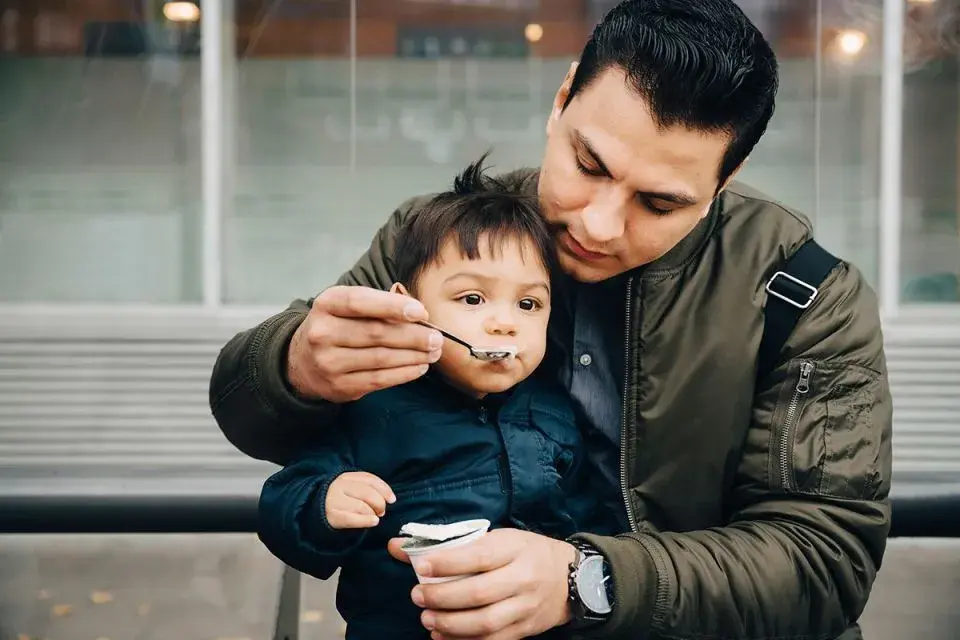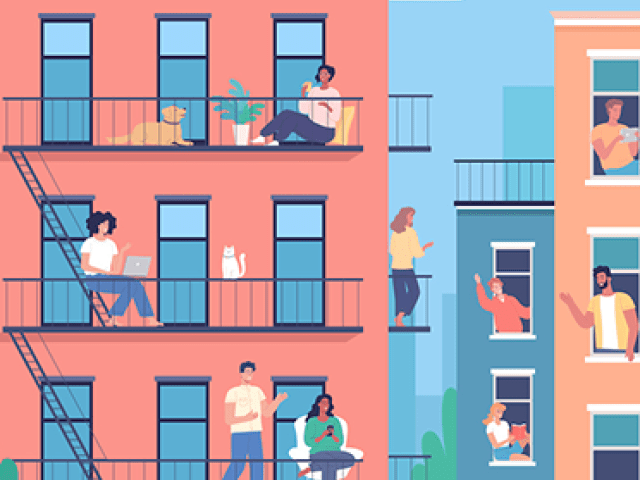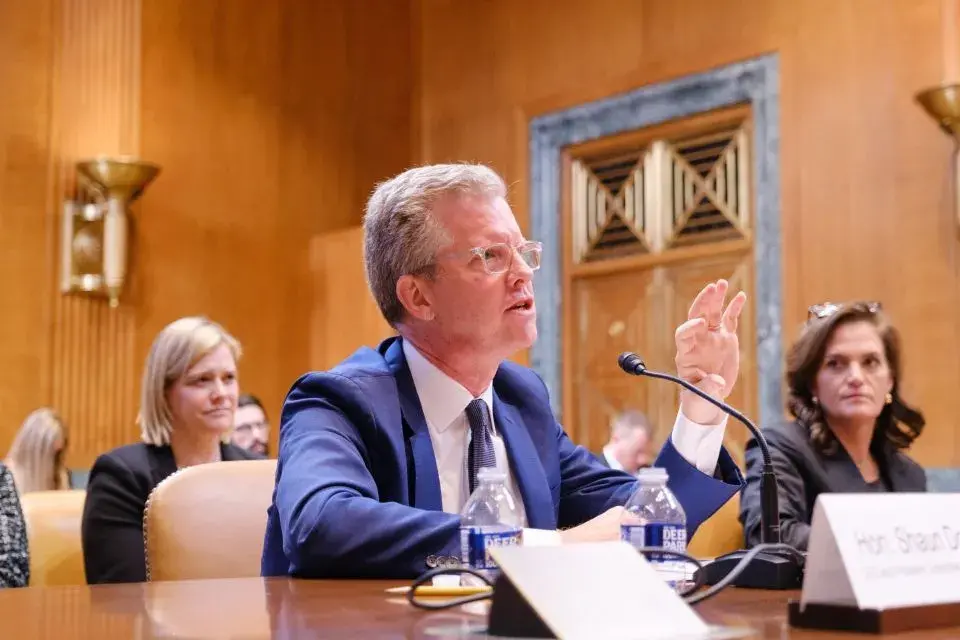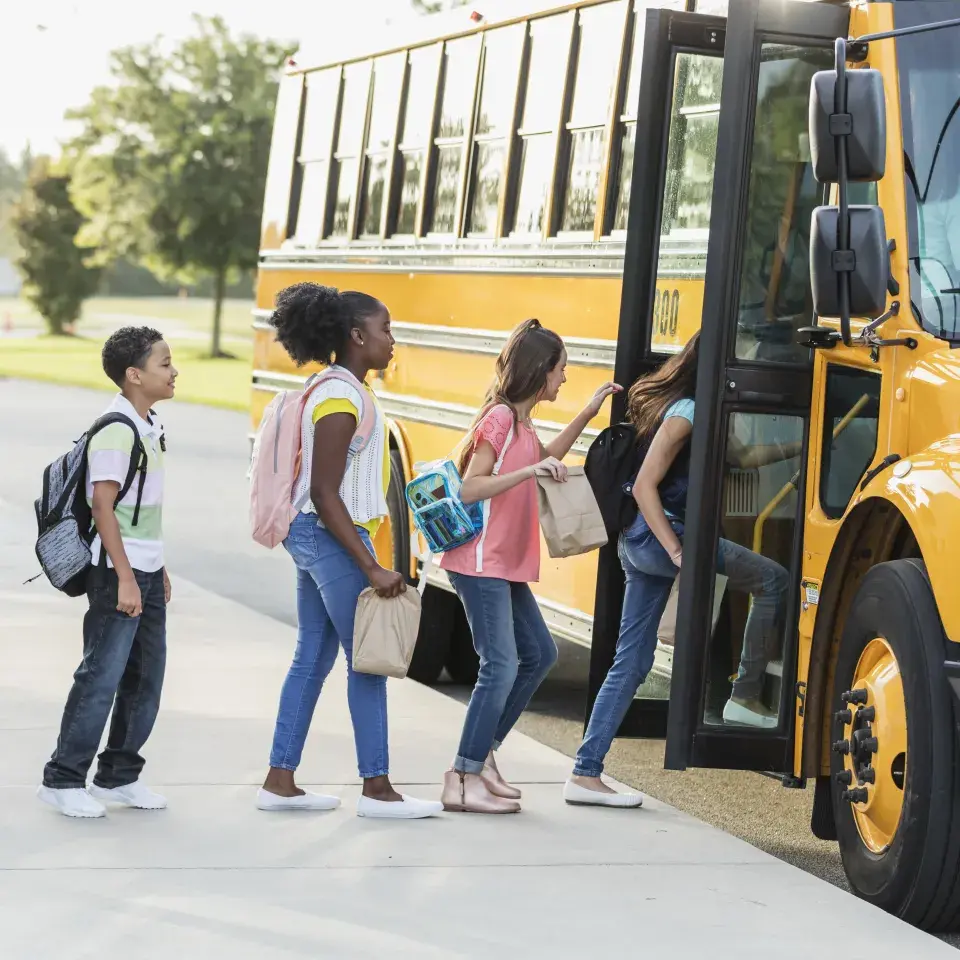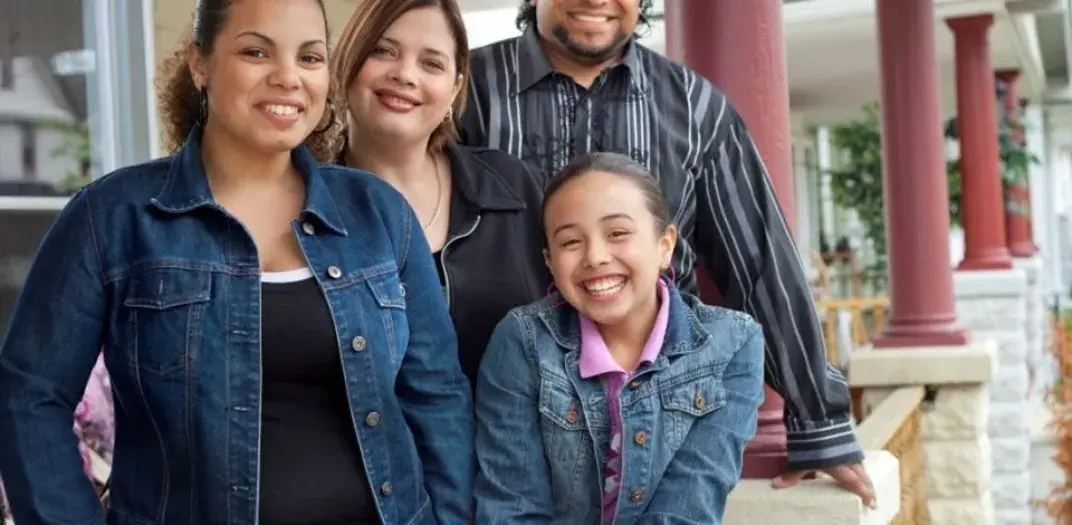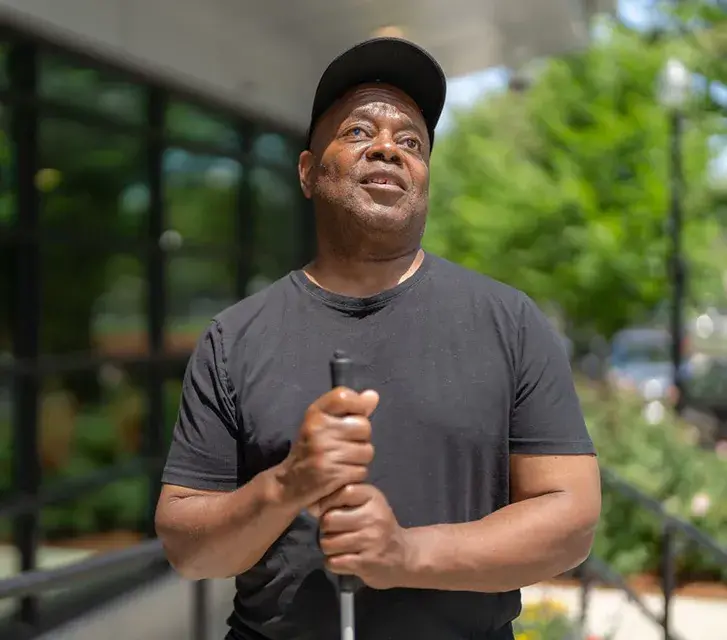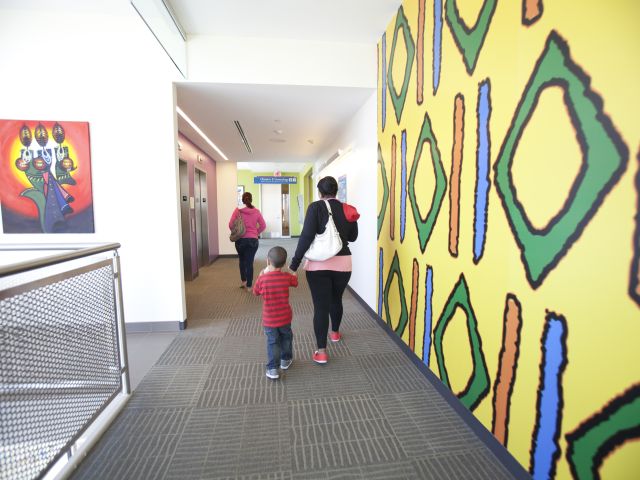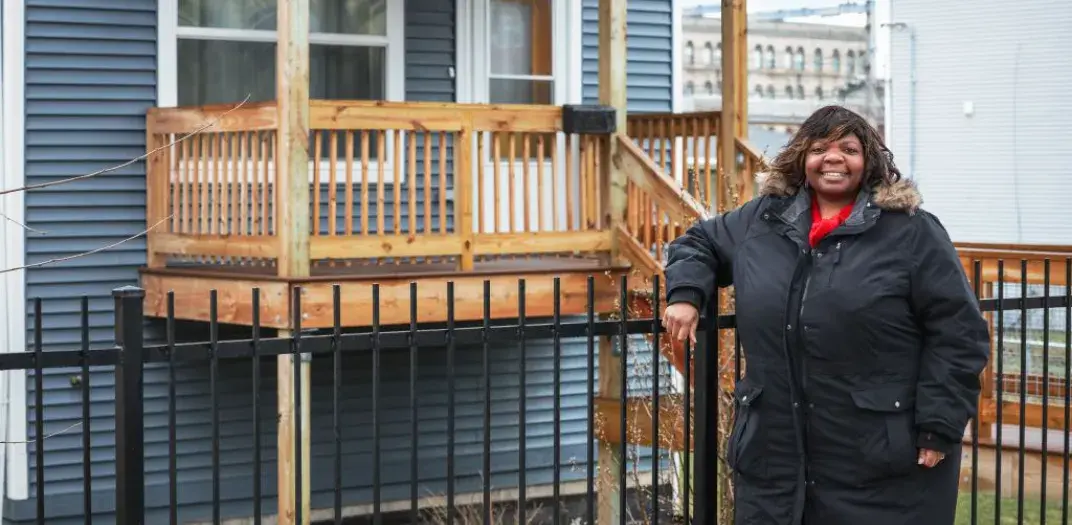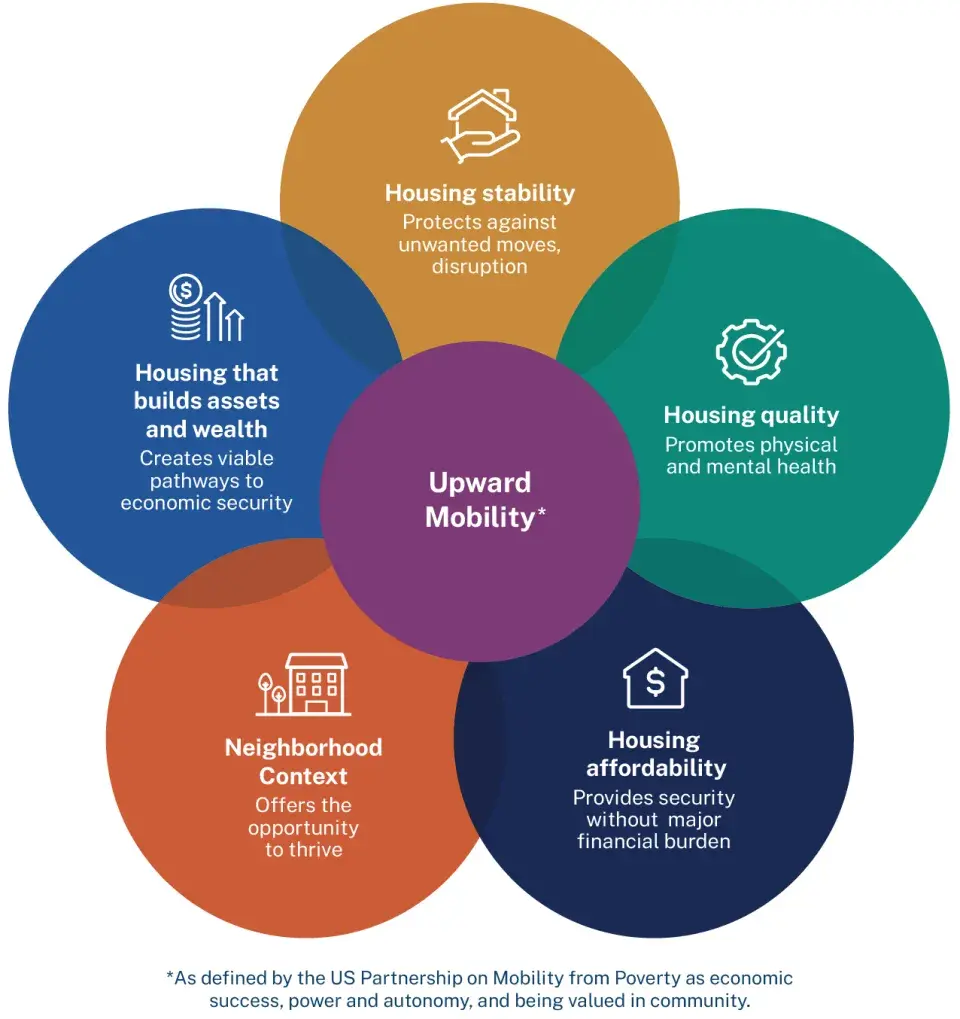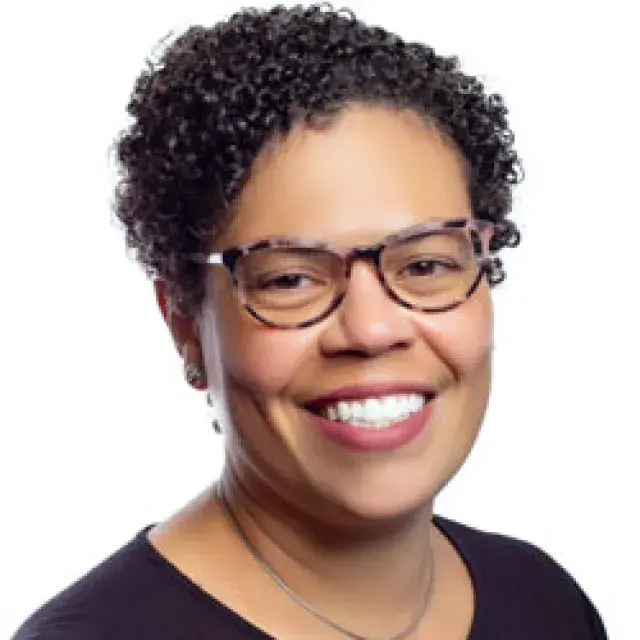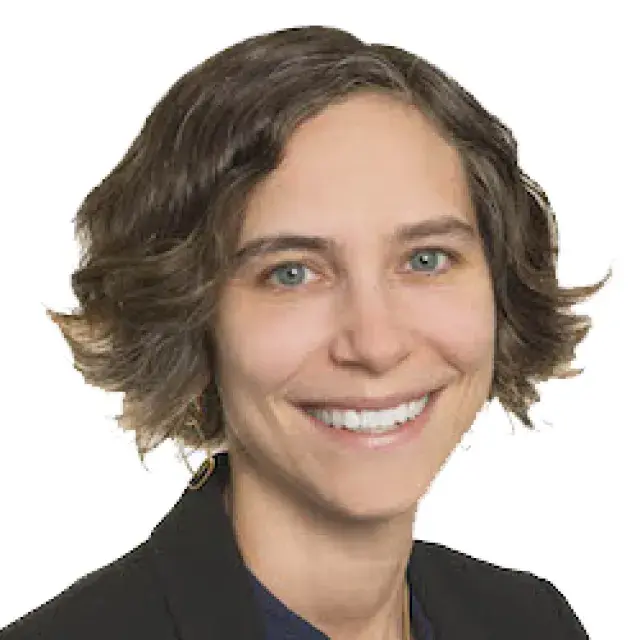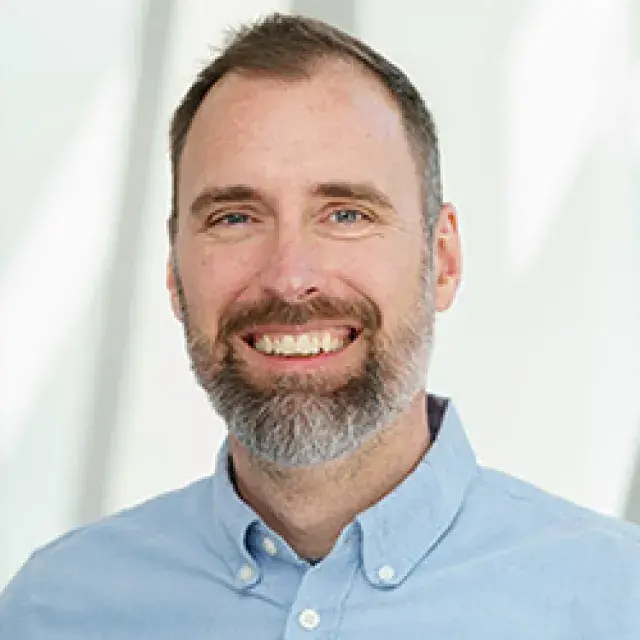With the right elements in place, home can be a platform for mobility and address persistent poverty in the communities across the United States, leading to better outcomes and a higher quality of life for children and youth, families, and older Americans.
Certain policies and practices — from redlining and de facto segregation to exclusionary zoning — combine to make economic mobility extremely difficult for the majority of Americans with lower incomes.
We identified a bundle of five interdependent characteristics necessary for a home to become a platform for upward mobility. Our end-to-end approach includes financing, practice, and policy, giving us the unique ability to cultivate all five housing characteristics for every household in every community.
Together with our cross-sector partners, we are using this housing bundle to address barriers to advancement, drive systems transformation, and maximize mobility from poverty for people nationwide.
Our work seeks to close the growing wealth and health gaps in America. We want all people to have the tools and resources required to realize the future they envision for themselves and their communities.
